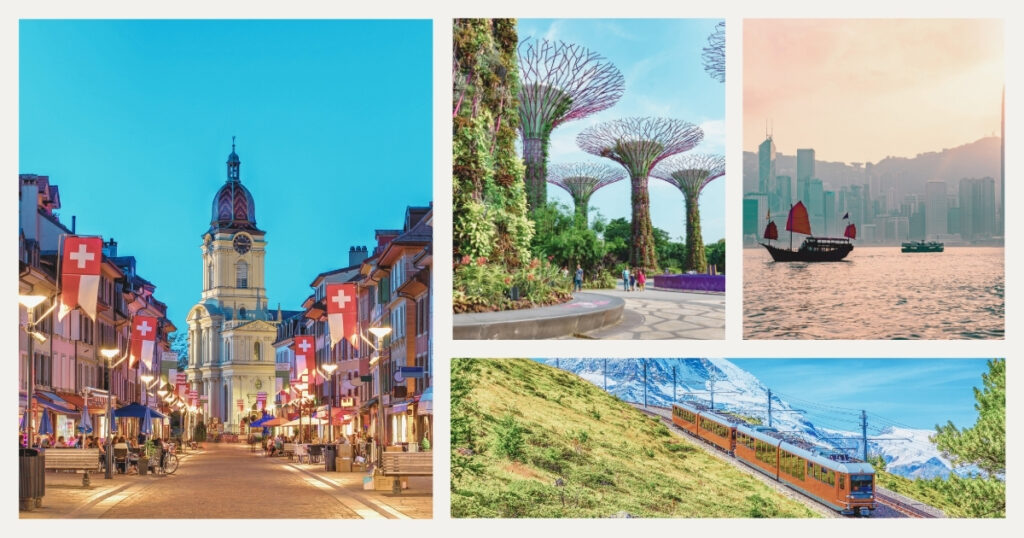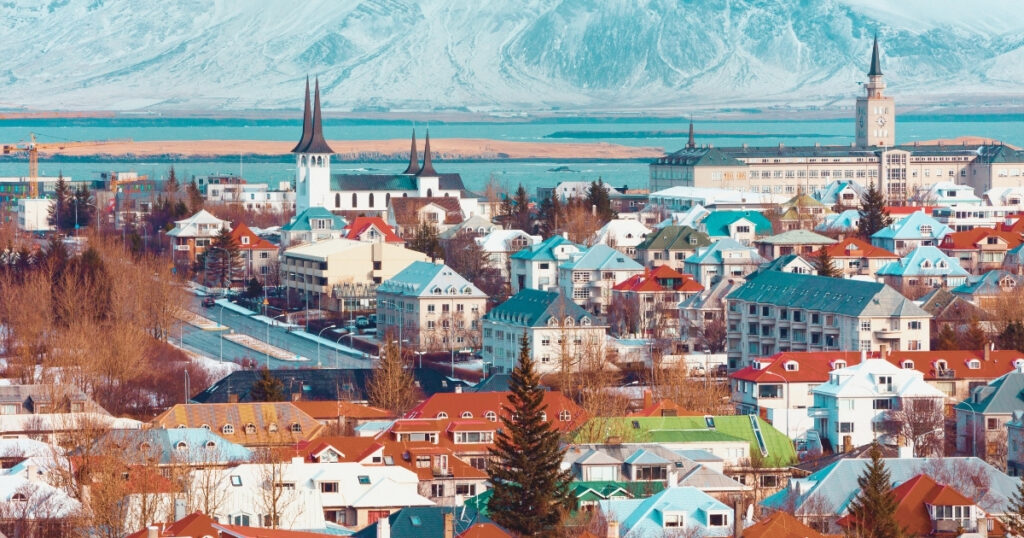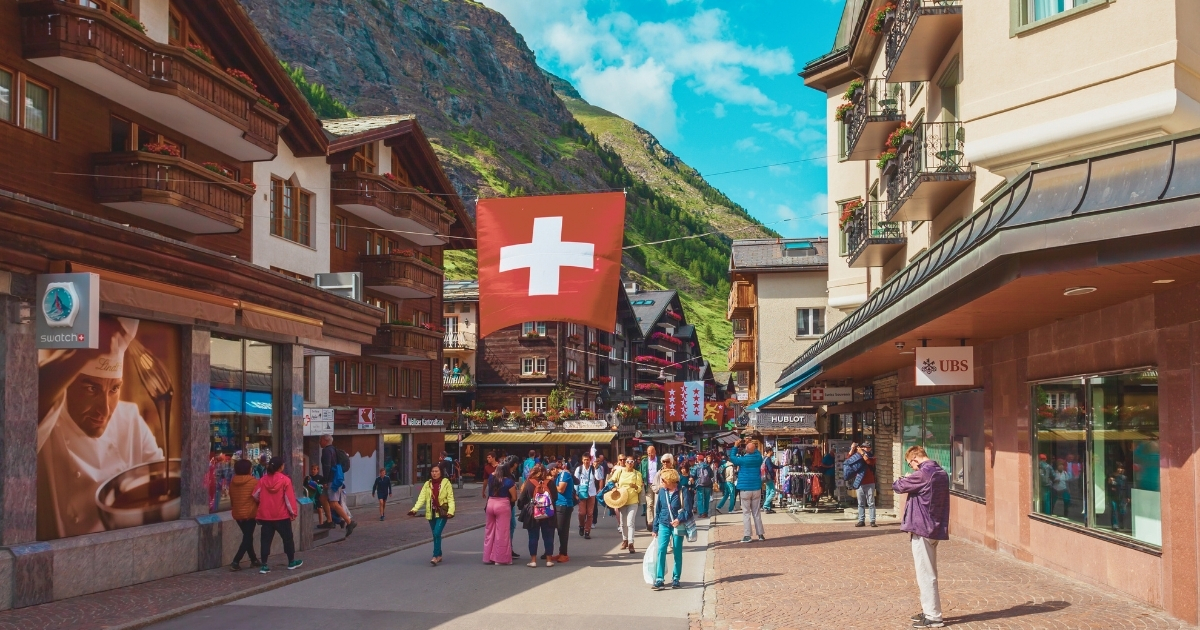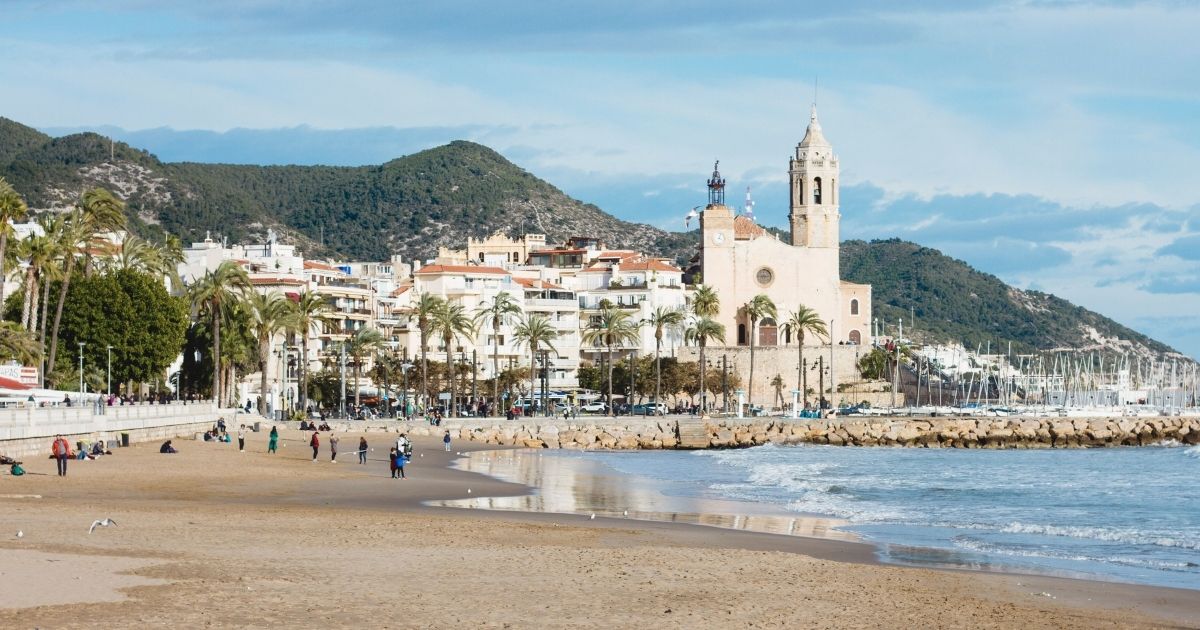Dreaming of working remotely from Switzerland’s pristine mountains or Singapore’s futuristic cityscape? While these destinations offer extraordinary experiences, they also rank among the most expensive countries to live in worldwide. For digital nomads balancing wanderlust with financial reality, understanding the true cost of living in premium destinations is essential.
The global landscape for remote workers has evolved dramatically, yet affordability remains a critical factor in sustaining the nomadic lifestyle. High-cost countries present unique challenges but also exceptional opportunities.
In this guide, we’ll explore the world’s most expensive countries, break down their costs, and share insider strategies for enjoying these premium destinations without depleting your savings. Whether you’re eyeing your next luxury location or planning your first high-cost adventure, you’ll discover how to make even the most expensive countries accessible as a globe-trotting professional.
Understanding what makes countries expensive for digital nomads

Before diving into specific destinations, it’s important to understand what factors contribute to a country’s high cost of living. For digital nomads, these expenses often differ from those affecting traditional residents or tourists.
Key cost factors in expensive countries
Housing consistently represents the largest expense for digital nomads in high-cost countries. Short-term accommodations in premium destinations can command astronomical prices, especially in city centers where connectivity and amenities abound. Countries like Switzerland and Singapore feature housing costs that can easily consume 40-60% of a nomad’s budget.
Beyond accommodation, daily expenses including food, transportation, and workspace solutions contribute significantly to the overall cost. In the most expensive countries, a simple coffee meeting might cost triple what you’d pay elsewhere, while co-working space memberships can rival apartment rentals in more affordable regions.
🌟 Pro tip: many expensive countries offer exceptional public transportation, making suburbs or nearby smaller cities viable alternatives to costly urban centers. Research transportation passes in advance to maximize savings while maintaining easy access to city amenities.
The digital nomad cost index
The real expense of a country for digital nomads goes beyond traditional cost-of-living metrics. The “Digital Nomad Cost Index” considers factors particularly relevant to remote workers: reliable high-speed internet, availability of co-working spaces, short-term rental premiums, and professional appearance costs.
Countries topping traditional expense rankings may actually offer surprising value in digital infrastructure, while seemingly moderate-cost countries might extract premiums from the nomadic lifestyle.
💡 Did you know? The most expensive countries often have the highest “happiness index” ratings globally. Switzerland, Denmark, and Norway consistently rank in the top 5 for both cost of living and citizen happiness metrics.
The world’s top 5 most expensive countries: breakdown for nomads

The most expensive countries to live in share certain characteristics: strong economies, high wages, excellent public services, and robust safety nets. However, as a digital nomad, you’ll experience these economies differently than locals who benefit from higher local salaries.
1. Switzerland: alpine luxury at premium prices
Switzerland consistently tops rankings as the most expensive country to live in worldwide. For digital nomads, monthly expenses typically start at $3,500-4,000 for modest living, with city centers like Zurich and Geneva commanding significantly more.
Housing represents the greatest expense, with studio apartments in desirable areas starting at $1,500-2,000 monthly. Co-working spaces average $300-500 monthly for full-time access. Daily expenses add up quickly, with a basic lunch costing $20-25 and a coffee averaging $5-7.
Despite these costs, Switzerland offers unparalleled advantages: political stability, exceptional public services, central European location, and outstanding natural beauty that promotes wellbeing.
2. Singapore: futuristic efficiency with a price tag
This island city-state ranks among the most expensive countries to live in, particularly for housing and transportation. Digital nomads face monthly costs starting at $3,000-3,500 for comfortable living.
Singapore’s limited land drives housing costs to extraordinary levels, with modest accommodations starting at $1,200-1,800 monthly. The tradeoff comes in remarkable digital infrastructure—Singapore boasts some of the world’s fastest internet connections, making it a productivity paradise.
🌟 Pro tip: Singapore’s excellent regional connectivity makes it an ideal base for exploring Southeast Asia. Balance periods in this expensive hub with longer stays in neighboring affordable countries like Malaysia or Thailand for financial sustainability.
3. Norway: scandinavian excellence at peak prices

Norway exemplifies the Scandinavian combination of exceptional quality of life with prices to match. Digital nomads should budget $3,200-3,800 monthly at minimum for a comfortable lifestyle.
The country’s remote location drives import costs higher, affecting everything from groceries to electronics. However, Norway’s extensive public benefits, breathtaking natural environments, and work-life balance philosophy create an environment where many nomads find increased productivity despite the costs.
4. Iceland: isolated innovation with premium costs
Iceland’s isolated position and harsh climate create a perfect storm for high prices. Digital nomads face monthly expenses starting at $3,000-3,500, with Reykjavík housing commanding a significant premium.
For digital nomads in creative fields, Iceland’s unique aesthetic and strong support for innovation can provide professional inspiration worth the investment. The excellent internet infrastructure also ensures consistent connectivity despite the remote location.
5. Hong Kong: dense urban experience at maximum cost

Hong Kong’s limited space and massive demand create one of the world’s most expensive housing markets. Digital nomads should budget at least $3,200-3,800 monthly, with housing potentially consuming over half that amount.
The density creates both challenges and benefits—while living spaces are notoriously small and expensive, the city offers extraordinary convenience, with everything from world-class dining to essential services often available within walking distance or via excellent public transportation.
Strategic approaches to thriving in expensive countries
Living in the most expensive countries doesn’t have to mean financial ruin. Digital nomads can implement specific strategies to experience these premium destinations without compromising financial stability.
Income optimization in premium locations
Before choosing one of the most expensive countries to live in, evaluate your income sources. Remote workers charging international rates or working with clients from high-cost regions can maintain purchasing power even in premium destinations.
Consider developing service offerings specifically valuable in expensive markets. Consulting, specialized skills, or creative services often command higher rates in wealthy economies, potentially offsetting the increased costs.
Your connectivity toolkit is crucial when navigating costly destinations. A travel-ready eSIM solution from Holafly ensures seamless internet without expensive roaming charges. This digital lifeline keeps you productive across multiple countries while controlling costs—an essential strategy when operating in premium markets.
🌟 Pro tip: consider a “high-low” approach by alternating between the most expensive countries and more affordable destinations. For example, two months in Geneva might be balanced by four months in Lisbon or Prague, averaging out your annual expenses while providing diverse experiences.
Housing strategies for high-cost countries

Housing typically represents the largest expense in the most expensive countries to live in. Digital nomads can implement several approaches to mitigate these costs:
When settling in expensive destinations, consider these housing alternatives:
- Mid-term rentals (1-3 months) often offer significant discounts over daily or weekly rates
- Co-living spaces combine reasonable costs with built-in community and networking
- House-sitting opportunities provide free accommodation in exchange for property care
- University housing during summer breaks can offer affordable options in academic hubs
- Suburb-based accommodation with good transportation links can reduce costs by 30-40%
💡 Did you know? Many of the most expensive countries have strong seasonal patterns in accommodation pricing. Switzerland’s mountain regions, for instance, offer up to 50% discounts during shoulder seasons between winter skiing and summer hiking peaks.
Real-world experiences: digital nomad life in premium locations

These experiences reveal the complex reality behind the statistics, showing how remote professionals navigate the challenges and opportunities of premium destinations.
Case study: sustainable long-term living in Zurich
Sara, a software developer from Brazil, has maintained a base in Zurich for over three years despite Switzerland’s ranking as the most expensive country to live in. Her strategy combines several approaches that make this premium location sustainable.
By securing a two-bedroom apartment in Oerlikon (a neighborhood 10 minutes by train from central Zurich) and subletting one room to another professional, she reduces her housing costs by nearly 40%. She maintains a Zurich address and city access while significantly reducing her largest expense.
Sara’s experience demonstrates that even the most expensive countries can become reasonable with strategic choices and local knowledge. Her higher earning potential with Swiss clients also offsets the premium living costs, creating a sustainable equation.
Balancing premium and affordable destinations
Mark, a digital marketing consultant, implements a rotational strategy across different cost tiers. He schedules client acquisition and high-value project work during his stays in Singapore and Norway, then shifts to execution phases while based in more affordable locations like Portugal or Thailand.
This approach allows him to leverage the networking opportunities in the most expensive countries to live in while balancing his annual budget with extended stays in more affordable destinations.
When implementing a mixed-country strategy, prioritize these key elements:
- Time high-value client acquisition during stays in expensive business hubs
- Schedule primary execution work during periods in affordable locations
- Maintain a consistent online presence regardless of physical location
- Develop reliable systems for virtual meetings across time zones
- Create distinct work routines adapted to each location’s strengths
Final thoughts: finding your premium-affordable balance
The world’s most expensive countries aren’t just high-cost destinations—they’re complex ecosystems offering unique advantages. While Switzerland, Singapore, Norway, Iceland, and Hong Kong demand financial consideration, they reward ambitious digital nomads with exceptional infrastructure, professional networks, and quality of life.
Success lies not in avoiding costly destinations, but in approaching them strategically. By leveraging remote work flexibility, you can experience the innovation of Singapore or the precision of Switzerland without surrendering financial stability.
With thoughtful planning, income optimization, and strategic timing, even the most expensive countries can become part of your sustainable global lifestyle—enhancing both personal experience and professional growth.
Ready to transform the world’s premium destinations from luxury daydreams into your actual workspace?
Let Nomada guide you through the intricacies of thriving in the most expensive countries as a digital professional. From cost-optimization strategies to destination-specific insights, we simplify the journey so you can focus on the experience.
Your premium adventures await with Nomada 👉
Frequently asked questions about the most expensive countries to live in
Switzerland consistently tops global rankings as the most expensive country to live in, with cities like Zurich and Geneva frequently appearing in the top five most expensive cities globally. The Swiss combination of high wages, limited housing, and strong currency creates an exceptional cost environment.
For comfortable living in top-tier expensive countries, budget $3,500-4,500 monthly as a single person. This typically covers modest accommodation, coworking membership, healthy food options, local transportation, and occasional social activities without extravagance.
Yes! Consider suburbs connected by efficient public transportation, mid-term rentals (1-3 months) for better rates, coliving spaces, and timing visits during shoulder seasons. Many expensive countries also offer excellent free public amenities that enhance quality of life without additional cost.
Often yes. Premium destinations frequently provide superior networking opportunities, higher-paying client possibilities, advanced digital infrastructure, and professional environments that can elevate your career. The potential for higher earnings can sometimes offset the increased living costs.
Implement a rotation strategy by alternating between premium and affordable destinations. Connect with experienced travelers on the Nomada platform for personalized guidance on creating sustainable travel patterns that include both high and moderate-cost countries.




